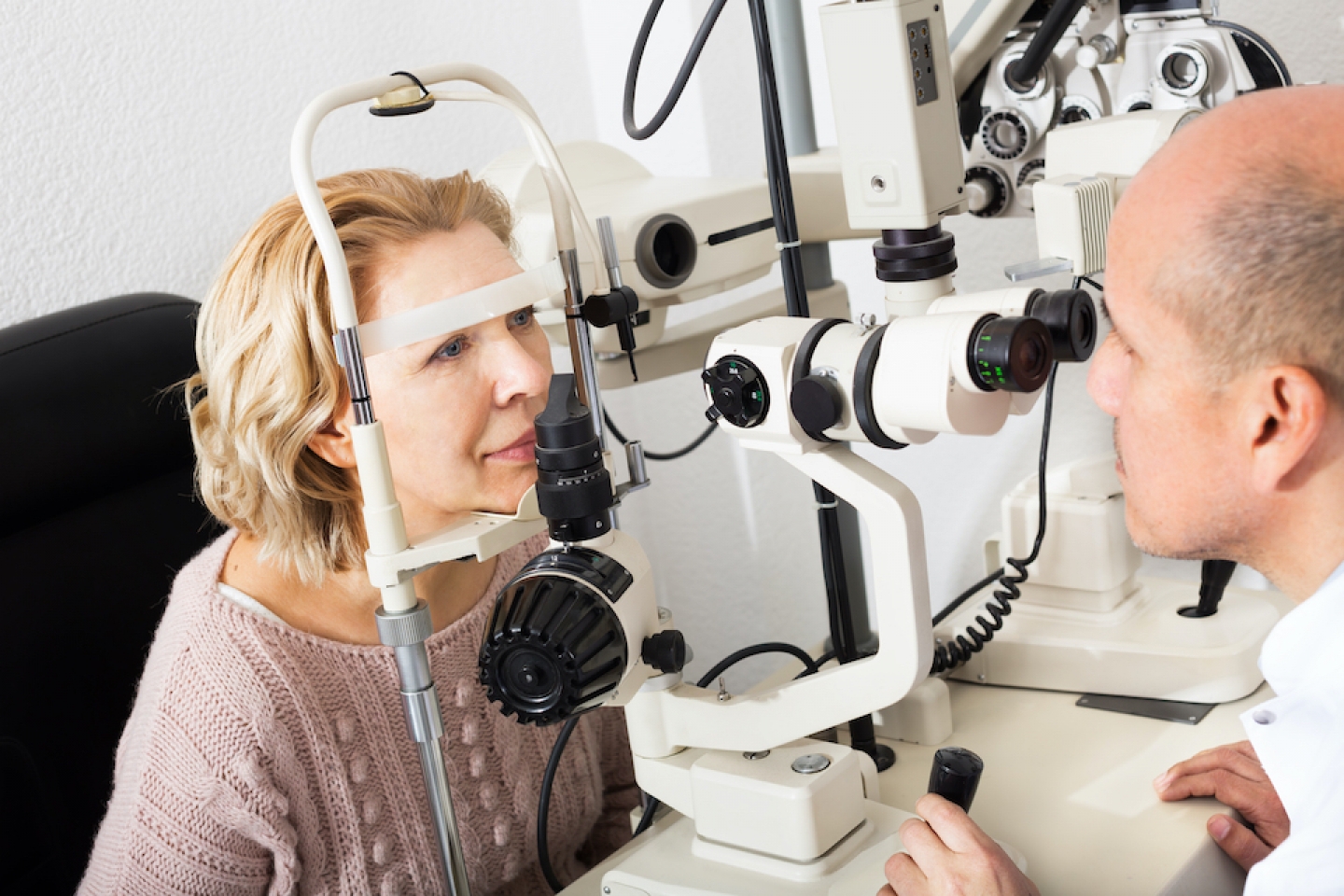
Glaucoma is an eye disease that damages the optic nerve and, without treatment, can lead to irreversible vision loss and blindness. It is the second leading cause of blindness worldwide, according to the World Health Organization.
Of the more than 3 million Americans who are estimated to have glaucoma, only half know they have it, largely because the disease often produces no symptoms in its early stages, says Assistant Professor Colleen Maturana, MD. “Unfortunately, glaucoma is asymptomatic until the damage is advanced,” Dr. Maturana says.
Even among glaucoma patients who receive timely treatment, approximately 10% experience vision loss. Regular eye exams are the only way to find out if you have glaucoma, and early treatment is the only way to increase your chances of stopping it and preserving your vision. “It is incredibly important for everyone to have routine eye exams to look for signs of glaucoma,” Dr. Maturana says.
Glaucoma can affect anyone at any age. Although older people have the greatest risk, young adults can get it, particularly young African Americans. “From large population-based studies we have found that older people, people of African, Caribbean, or Hispanic descent, and people with a family history of glaucoma are at increased risk,” Dr. Maturana says. Babies can be born with it too: approximately 1 out of every 10,000 infants born in the United States has glaucoma.
The two main types of glaucoma are open-angle and angle-closure. Open-angle glaucoma, also called primary or chronic glaucoma, accounts for at least 90% of all glaucoma cases.
Open-angle glaucoma develops slowly and may not produce any noticeable vision loss for many years. When symptoms do appear, they typically include the loss of peripheral or side vision. By the time you notice significant vision loss, the disease is usually advanced.
Angle-closure glaucoma, also called acute or narrow-angle glaucoma, is less common. It develops fast, produces very noticeable symptoms and damage, and therefore requires immediate medical attention.
Doctors don’t know what causes these types of glaucoma, but research shows that increased pressure inside the eye—which damages the optic nerve and causes vision loss--increases your risk. Lowering eye pressure can slow the disease and help salvage vision. “The eye is constantly making fluid, called aqueous humor, and the pressure inside of the eye is dependent upon the balance of the creation and drainage of this fluid,” Dr. Maturana says.
Not everyone with high eye pressure will develop glaucoma, however, while some people with normal eye pressure will get the disease. Whether you develop glaucoma depends on the amount of pressure your optic nerve can handle — and this varies for everyone.
“Although glaucoma is not always associated with an elevated eye pressure the only way that we know how to slow down the progression of glaucoma is by lowering the eye pressure,” Dr. Maturana says. “We can lower the eye pressure in different ways: laser treatments, eye drops, oral medications, and surgery. For my patients who are good candidates I always recommend laser first, followed by eye drops. If drops alone are insufficient to control the eye pressure, then surgery is required,” she adds.
Finding out if you have glaucoma requires a comprehensive dilated eye exam, during which your doctor administers eye drops to dilate (widen) your pupil and checks for the disease or other eye problems. Your doctor will check your side vision as well. If you are a high-risk patient, then you need a comprehensive dilated eye exam every 1 to 2 years.
Glaucoma is not curable, and lost vision cannot be restored. “There is no way to improve vision that has been lost due to glaucoma and there is no way to completely halt the disease’s progression,” Dr. Maturana says. But early and immediate treatment may slow it down and protect your remaining vision.